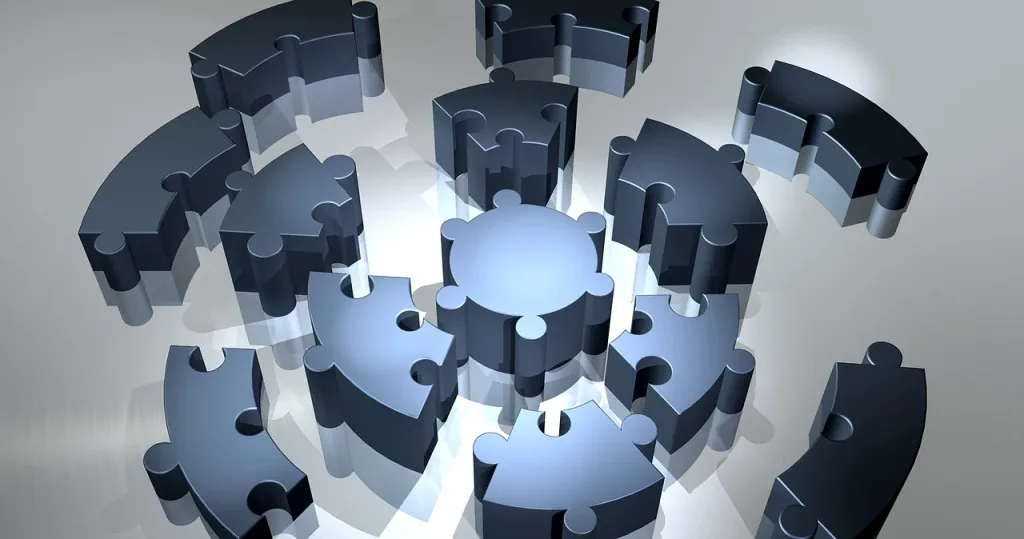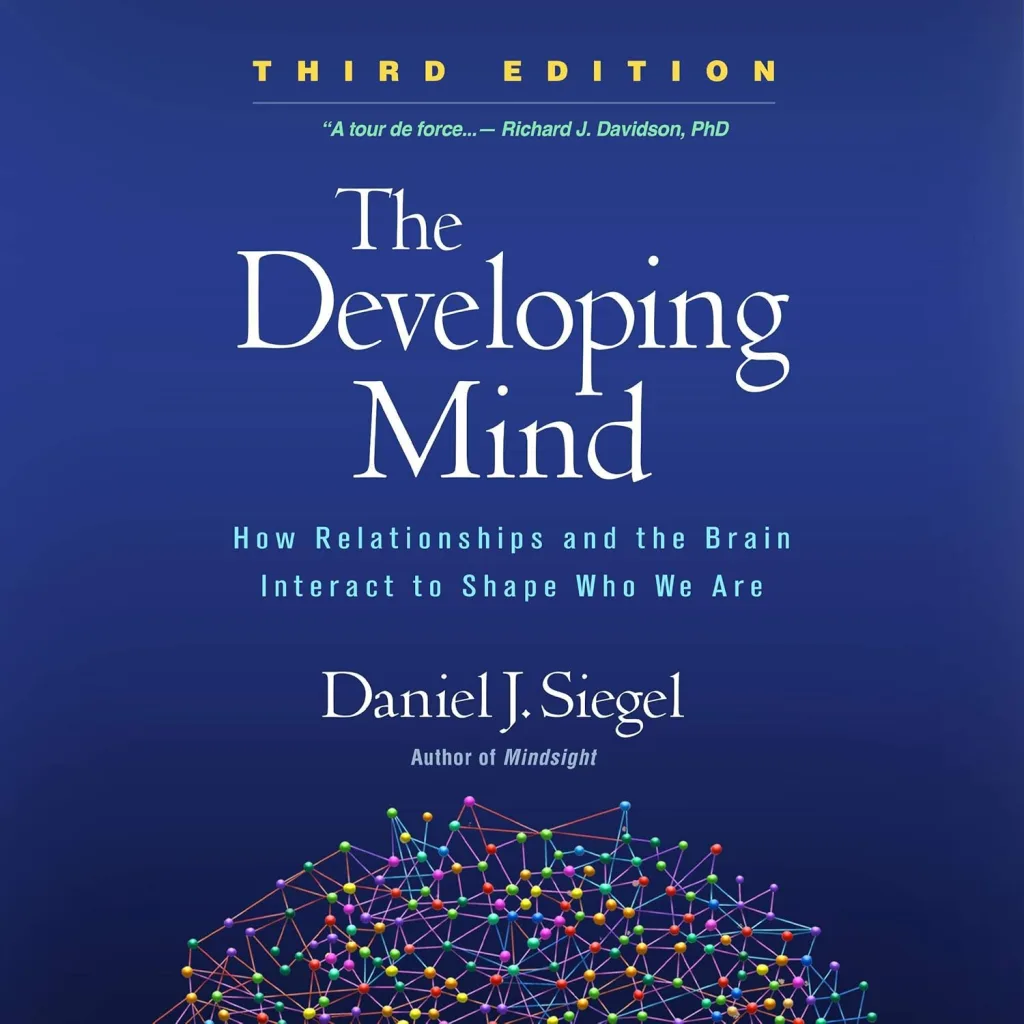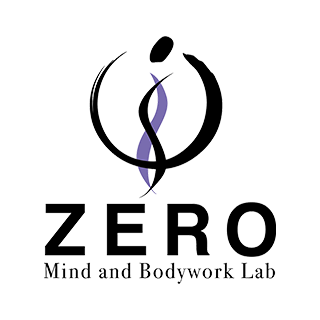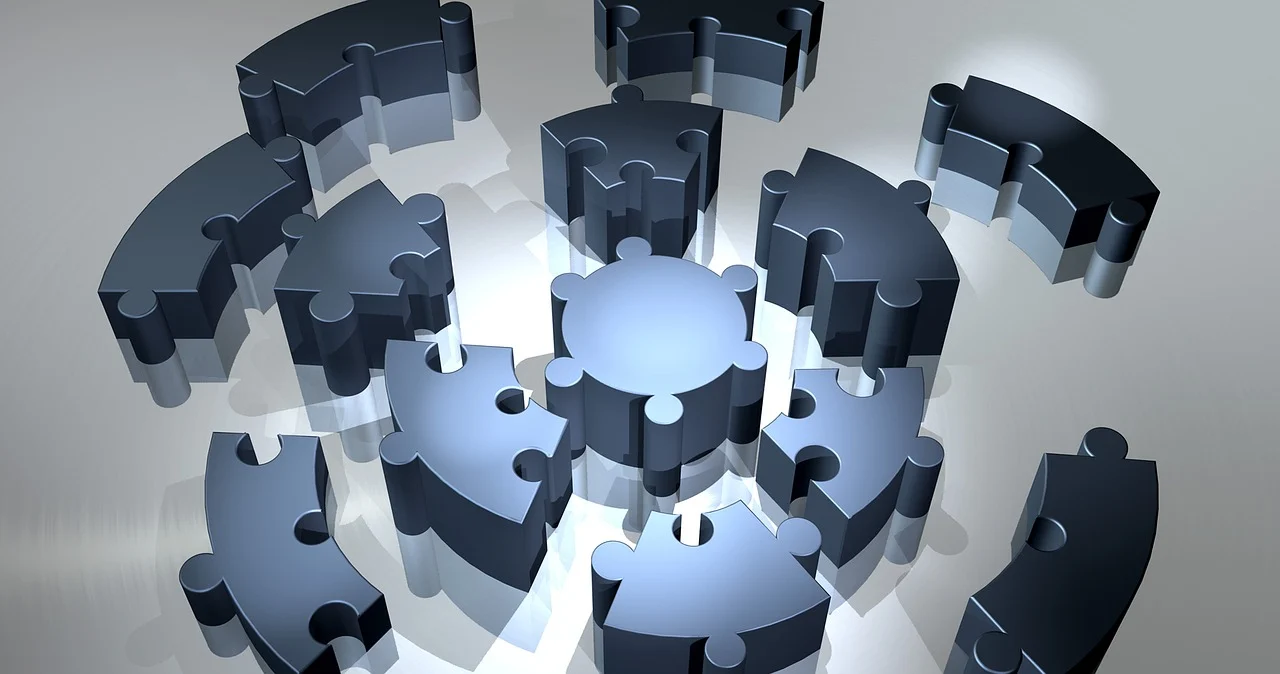Introduction
Hello, my name is Hidefumi Otsuka, and I offer Rolfing sessions in Shibuya, Tokyo.

This is the final installment (Part 5) of this blog series, where we’ve explored topics such as “attachment,” “trauma,” “the felt sense as a thread of self-awareness,” and “the polyvagal theory.” In this post, we revisit these perspectives and examine the meaning of “integration” as supported by Rolfing, in relation to Daniel Siegel’s concept of the “nine domains of integration.”
What Is Integration? — Lining Up Our Experiences in a Single Thread
Neuroscientist Daniel J. Siegel defines “integration” in his seminal work The Developing Mind with the following statement:

“Linking differentiated parts into a functional whole is called ‘integration’”
Integration refers to the reconnection of differentiated elements into a functional whole.
From this viewpoint, health is seen as a state of integration, while chaos and rigidity are considered results of disintegration.
In Rolfing, “integration” is often understood in terms of physical alignment and movement coordination. However, it is not merely the reorganization of physical structure—it is the reconstitution of one’s relationship with self, with gravity, and with space and others, through the body.。
How Do We Understand Integration?
This is where we can see clear connections between Siegel’s concept of neural integration, the reconstruction of attachment, and the social engagement system described by polyvagal theory.
In attachment theory, integration refers to the process of reintegrating emotional memories formed in past relationships with the bodily and emotional experiences of the “here and now.”
In polyvagal theory, integration refers to the flexible switching among the three autonomic states—dorsal vagal, sympathetic, and ventral vagal—based on a foundation of safety.
In the context of the felt sense, integration means turning gentle attention toward bodily discomfort or emotion that cannot yet be verbalized, and allowing new meaning to emerge from that attention—a re-authoring of the body’s story.
Additionally, Rolfing’s concept of “neutral” provides an essential lens for understanding integration. Neutrality refers not only to a non-judgmental stance, but also to a clear awareness of both “intention” and “intentionality” in relation to sensation and connection.
- Intention: The internal direction of “what one seeks.”
- Intentionality: The phenomenological relationship of “where awareness is directed.”
In Rolfing, touch and postural reintegration function integratively only when intention and intentionality align—when direction is unified within the body.
In other words, integration is not just about harmonizing structure or emotions—it requires an integrated state of consciousness, in which intention and intentionality are aligned in a neutral way, rooted in the awareness of “being here now.”
The Multilayered Nature of Integration Supported by Rolfing
Thus, Rolfing is not only structural integration—it is also neural integration, emotional integration, relational integration, and the integration of the “voice of the body.”
Rather than merely “aligning the body,” Rolfing reconstructs embodied being. In doing so, it reweaves one’s relationships with others as well. The integration of experience is also the integration of relationship—and Rolfing becomes a space for “bodily dialogue.”
Dan Siegel’s Nine Domains of Integration
Siegel defines integration as “the linkage of differentiated elements” and identifies nine key domains:
- Body Integration: Connection between bodily sensations and awareness
- Horizontal Integration: Cooperation between logic and emotion, reason and intuition
- Vertical Integration: Connection between cortex and brainstem, thought and instinct
- Memory Integration: Linking past experiences to present meaning
- Narrative Integration: Making sense of life experiences by forming coherent stories
- State Integration: Flexibility in embracing a variety of emotional states
- Interpersonal Integration: Connecting with others while maintaining self-boundaries
- Conscious Integration: Awareness of the flow of consciousness
- Temporal Integration: Linking past, present, and future in perspective
These domains can be fragmented by attachment styles, trauma, and defensive patterns in the nervous system. The practice of Rolfing can be seen as an attempt to restore these disrupted forms of integration—beginning from the body as a foundational base.
Attachment Styles and Their Relationship to Integration
- Secure Attachment
Natural connection between self and others, body and emotion.
Integration is easily facilitated.
Rolfing deepens this foundation. - Avoidant Attachment
Disconnection from emotions and bodily sensations is common.
Challenges lie in emotional and bodily integration.
Trust in the body is restored through touch. - Anxious Attachment
Easily overwhelmed by emotions; blurred self-other boundaries.
Horizontal/vertical and conscious integration are critical.
Grounded bodily sensations are restored. - Disorganized Attachment
Safety and threat coexist, making nervous system regulation difficult.
All forms of integration are challenging.
The body is reconstructed as a safe space to reclaim the self.
“Being Here” Can Begin to Transform the World
According to polyvagal theory, “safety is not the absence of threat, but the presence of connection.” This connection manifests as embodied felt sense, not through language or thought.
That is, the “body memories of disconnected connections” left by trauma and attachment wounds can be reconnected—restoring our ties to the world. This is not about “fixing” anxiety but choosing to “be with” it.
Integration Is Not “Fixing” but “Being With”
Both trauma and attachment patterns are protective adaptations—but they are not always needed anymore. Rolfing doesn’t seek to forcibly change them. Instead, it creates a space to “be with them as they are.”
It is not about “improvement,” but about “being with the body.” That is the beginning of integration—and the first step toward rebuilding a new relationship with the world.
Conclusion: Reflecting on the Five-Part Series
Throughout this five-part blog series, we have explored the following key questions:
- Part 1: How is a sense of “safe connection” cultivated?
- Part 2: What is the “felt sense,” and how does it relate to the sense of self?
- Part 3: How do attachment wounds affect the nervous system, and how can we attune to them?
- Part 4: What insights can the polyvagal theory offer about safety and social engagement?
And in Part 5, we asked: What is integration?—exploring how Rolfing can reweave attachment, nervous system, body, and relational threads.

